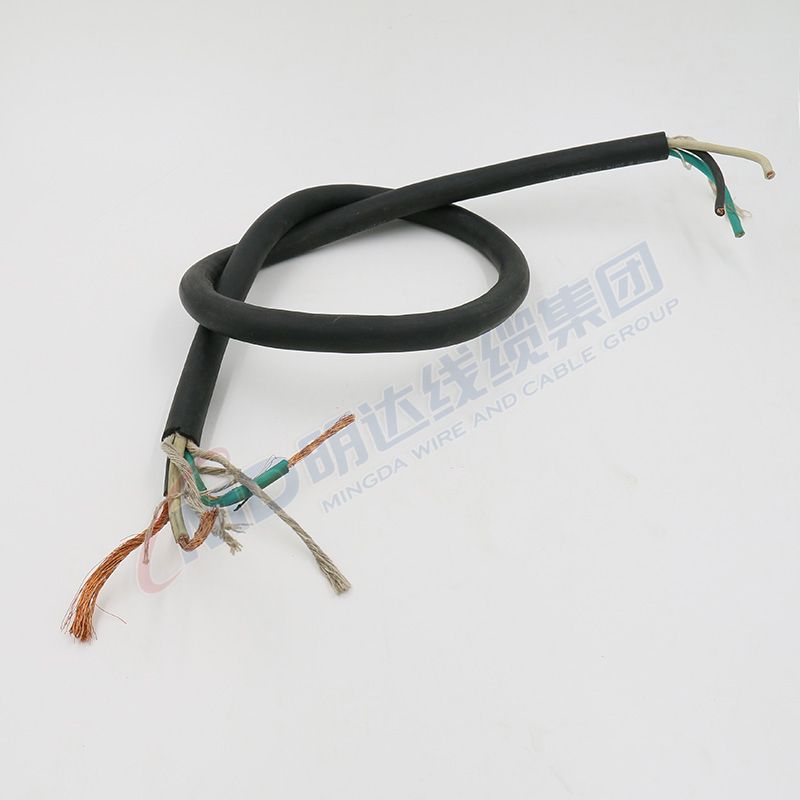10 月 . 19, 2024 00:02 Back to list
Foot Valve with Integrated Strainer for Optimal Fluid Control and Protection
Understanding Foot Valves with Strainers Essential Components for Efficient Pumping Systems
In various industrial and agricultural applications, maintaining the efficiency and longevity of pumping systems is crucial. A foot valve with a strainer is one such component that plays a vital role in ensuring that pumps operate smoothly and effectively. This article will delve into the design, functionality, and benefits of foot valves with strainers, highlighting their importance in water management systems.
What is a Foot Valve?
A foot valve is a type of check valve that is installed at the bottom of a suction line in a pumping system. Its primary function is to prevent backflow when the pump is turned off, ensuring that the suction line stays filled with water, thus facilitating quick priming when the pump is restarted. Foot valves are typically employed in applications where the water source is below the level of the pump, such as wells, ponds, or tanks.
The Role of Strainers
A foot valve with a strainer combines the functionalities of a foot valve with a protective strainer. The strainer is designed to filter out debris, sediment, and other particulates from the water before it enters the pump. This is crucial because the introduction of contaminants can lead to damage, inefficiency, and an increase in maintenance costs over time.
Design Features
Foot valves with strainers come in various designs, but they typically consist of a few key components - Body The main casing that houses the valve and strainer elements. - Strainer Mesh A mesh screen that prevents debris from entering the system. The mesh size can vary based on specific application requirements, ranging from fine to coarse. - Check Valve Mechanism A flap or disk that allows flow in one direction and prevents backflow. - Connections Threaded or flanged ends for easy integration into piping systems.
Benefits of Foot Valves with Strainers
foot valve with strainer

1. Protection Against Damage By filtering out harmful particles, foot valves with strainers protect pumps and associated equipment from damage, wear, and potential failure. This helps reduce downtime and maintenance costs.
2. Improved Pump Efficiency When pumps operate without contaminants, they run more efficiently, leading to optimal performance and energy savings. Clean water flow ensures that the pump can maintain its designed capacity without overworking.
3. Reduced Maintenance With a foot valve and strainer in place, the frequency of maintenance tasks can be significantly reduced. Operators are less likely to encounter clogged lines or damaged components, leading to lower operational costs.
4. Enhanced Lifespan of Equipment By minimizing the risk of debris-related wear and tear, these valves contribute to the longevity of the entire pumping system, providing a better return on investment.
5. Versatility Foot valves with strainers are suitable for various applications, from agricultural irrigation to industrial water supply systems. They can be adapted to different environmental conditions and fluid types, making them incredibly versatile.
Selecting the Right Foot Valve with Strainer
When choosing a foot valve with a strainer, several factors should be considered - Application Requirements Assess the specific needs of your pumping system, including flow rate and the types of particles that need to be filtered. - Material Compatibility Ensure that the materials used for the valve and strainer are compatible with the fluid being pumped, whether it be freshwater, seawater, or wastewater. - Pressure Ratings It's important to choose a valve that can handle the requisite pressure and temperature levels of your system to ensure reliability.
Conclusion
Foot valves with strainers are essential components in modern pumping systems, serving a dual purpose of preventing backflow and filtering out harmful debris. Their design not only enhances the efficiency and lifespan of pumps but also reduces maintenance needs and operational costs. By understanding their functionality and the benefits they provide, operators can make informed decisions that ensure optimal performance in their water management systems. In an era where efficiency and reliability are paramount, investing in quality foot valves with strainers is indeed a wise choice.
Share
-
Understanding the Differences Between Wafer Type Butterfly Valve and Lugged Butterfly ValveNewsOct.25,2024
-
The Efficiency of Wafer Type Butterfly Valve and Lugged Butterfly ValveNewsOct.25,2024
-
The Ultimate Guide to Industrial Swing Check Valve: Performance, Installation, and MaintenanceNewsOct.25,2024
-
Superior Performance with Industrial Swing Check Valve: The Essential Valve for Any SystemNewsOct.25,2024
-
Industrial Swing Check Valve: The Ideal Solution for Flow ControlNewsOct.25,2024
-
You Need to Know About Industrial Swing Check Valve: Functionality, Scope, and PerformanceNewsOct.25,2024